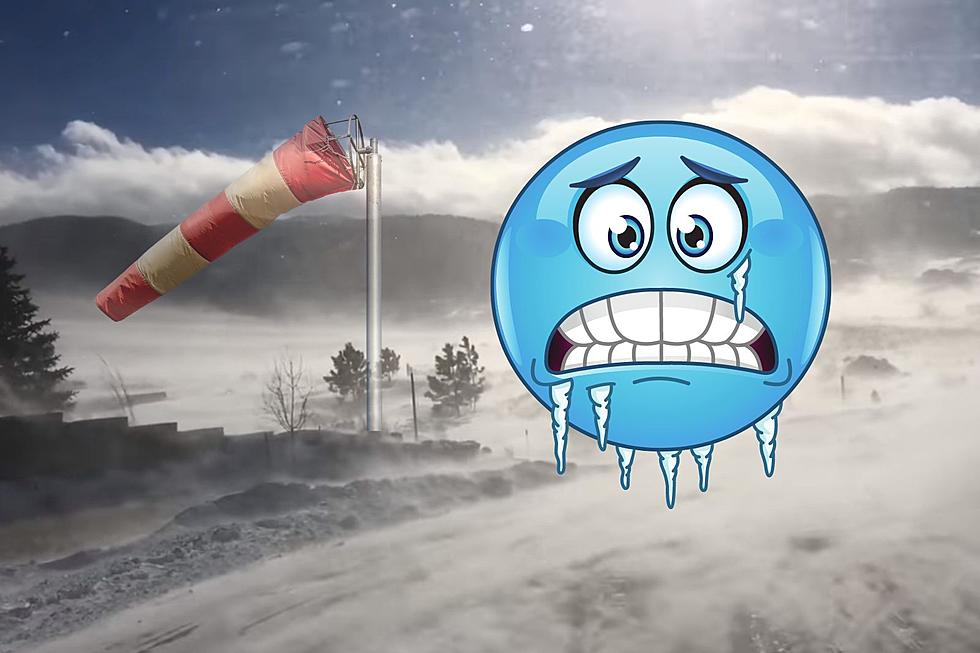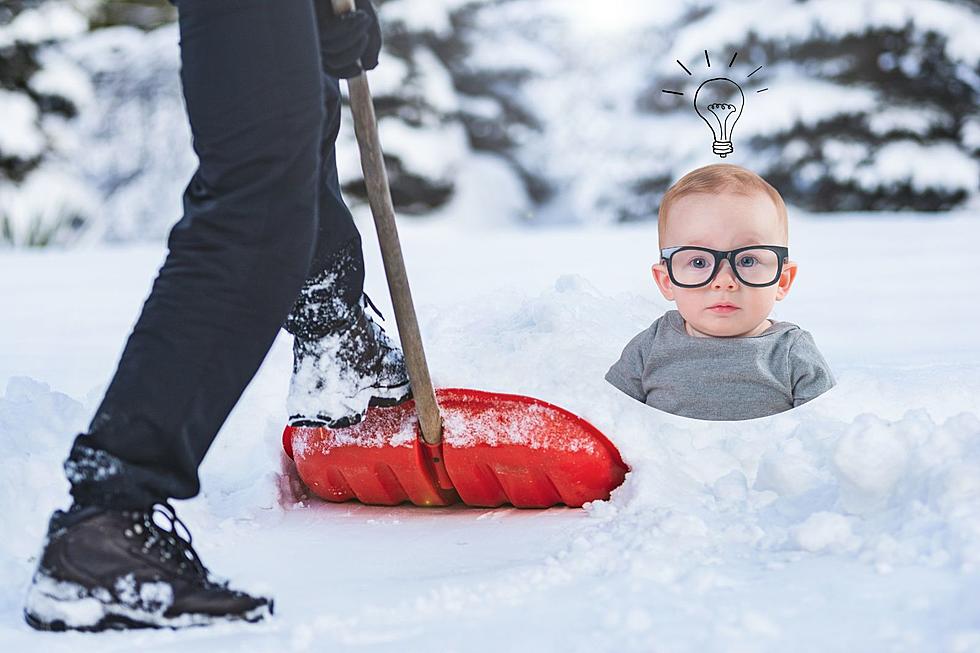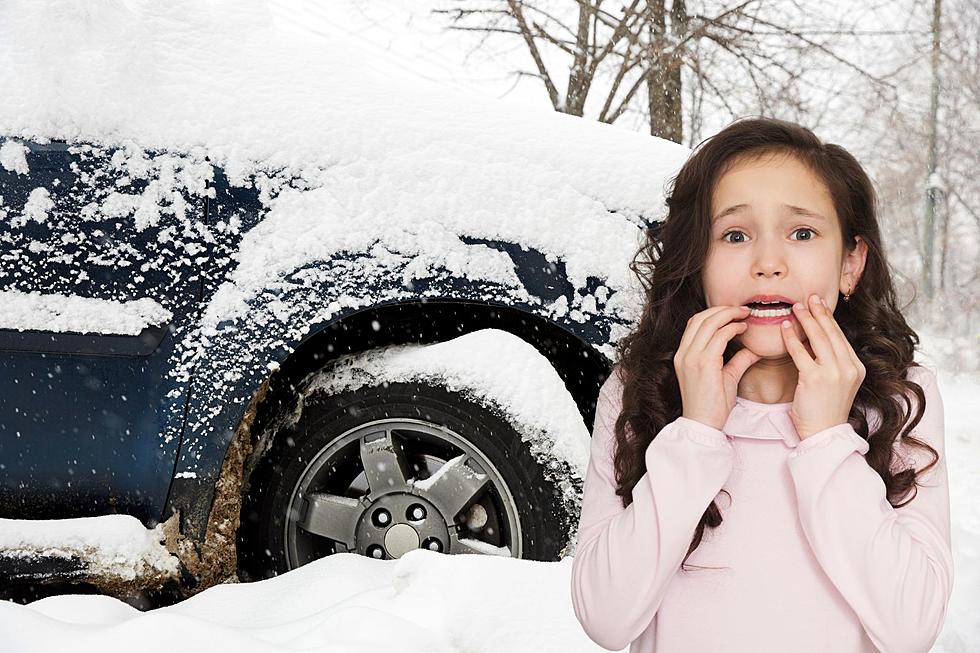
Is Driving A Cold Vehicle Better During Wyoming’s Winter?
Listening to the "experts" is sometimes exhausting. One "expert" will tell you something, then another "expert" will tell you something else.
We recently discovered that idling your car for more than 10 seconds is a waste of money, and you should use your auto stop/start system on your newer vehicle. Since that is a thing, AAA recently published an article saying that the days of starting your car and waiting for it to warm up are over. It states that you only need to let your car warm up as long as it takes you to put on your seatbelt.
Only letting your vehicle warm up for a few seconds, you're helping lower emissions and save on fuel. AAA's senior automotive manager, David Bennett, says older vehicles with carburetors must warm up a little longer, but modern vehicles are built differently.
Electronic engine controls have taken the place of carburetors. The engine will warm up quicker by driving the vehicle than it would idling in your driveway.
Your next question is, what if you have ice and snow on the vehicle?
AAA suggests that if your windshield is covered, you may need to sit a few more minutes and let the defrost work. They also offer not to be lazy and don't wait around for the windows to melt off. An ice scraper or de-icer will help speed up the process and get you on the road quicker.
If this is all true, why are automotive manufacturers still offering remote start systems for your vehicle?
This argument can continue forever, and you won't be able to convince either side they're wrong. Since the remote start system is still being offered on vehicles, is it just another way for the companies to make extra money? Or are they suggesting the system is necessary and worth buying?
I assume this argument will continue, and we'll never get to the bottom.
LOOK: See how much gasoline cost the year you started driving
Gallery Credit: Sophia Crisafulli
LOOK: 50 cozy towns to visit this winter
Gallery Credit: Laura Ratliff
More From My Country 95.5









